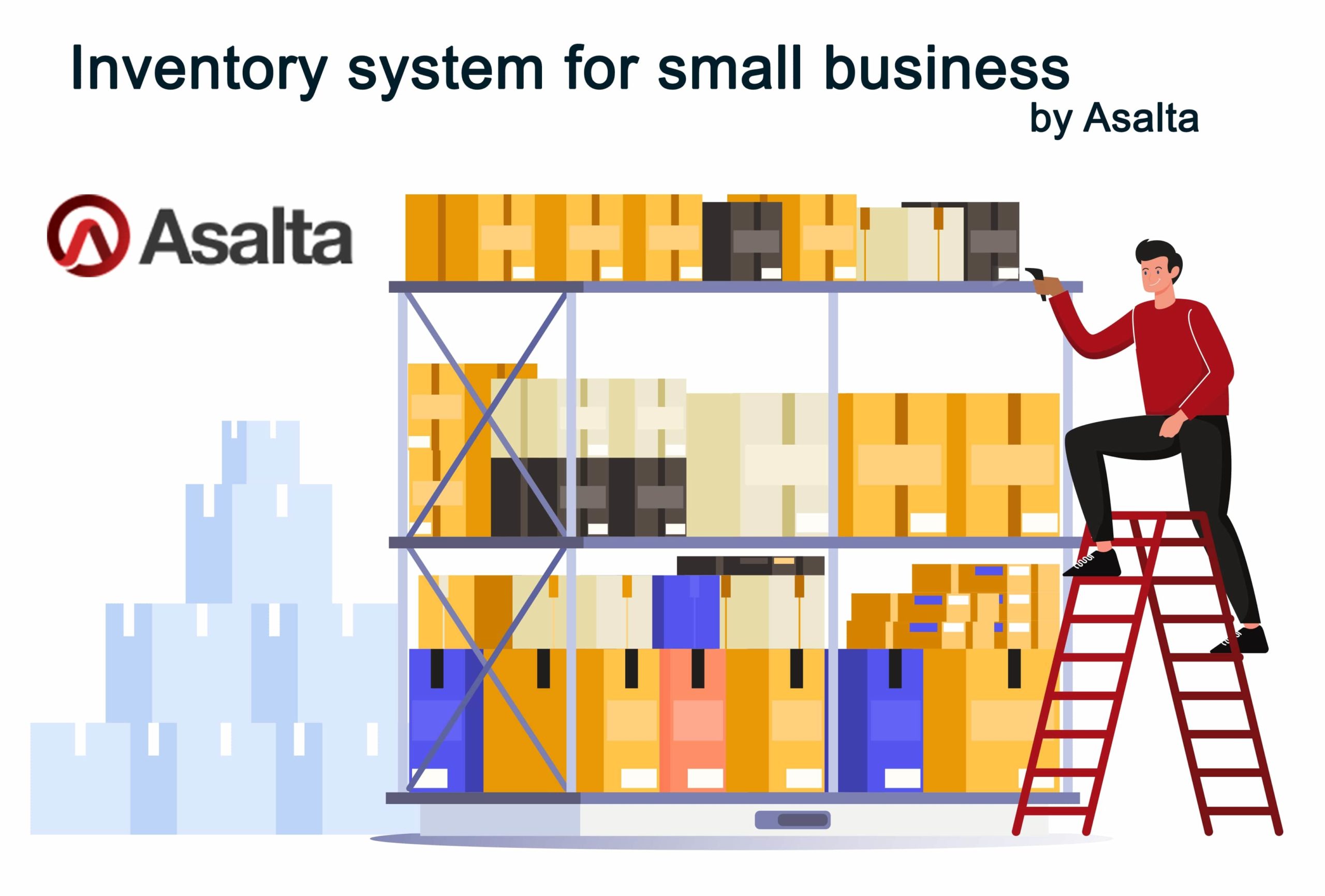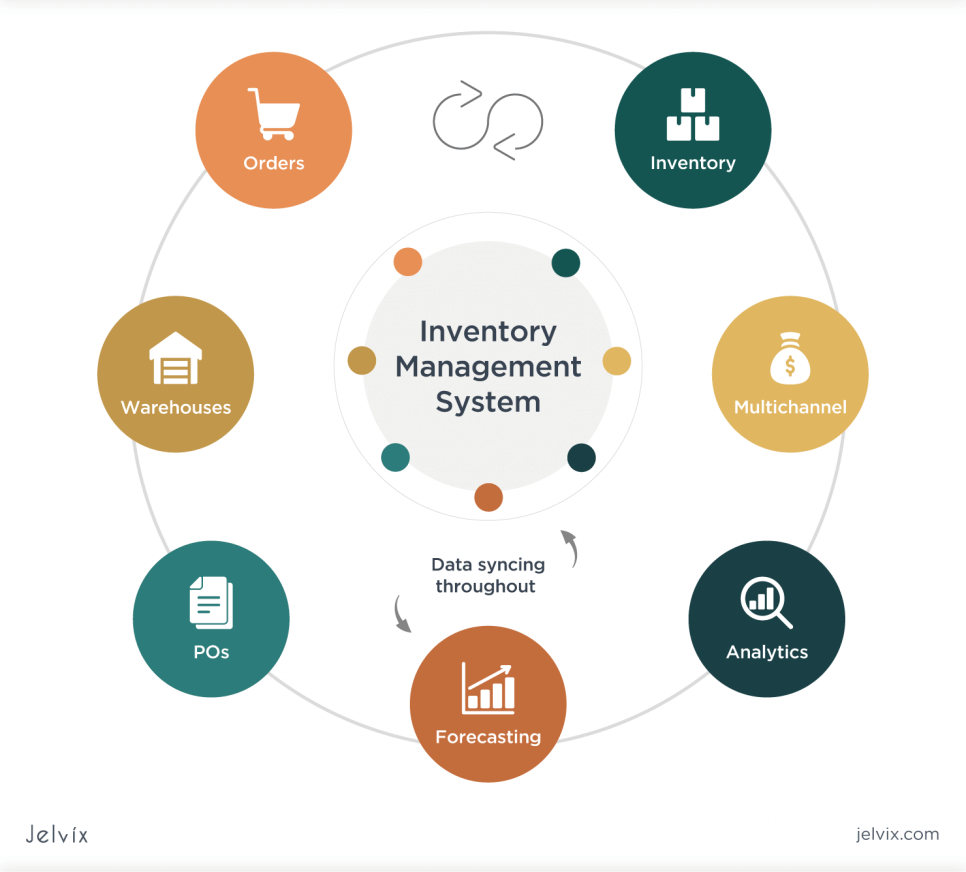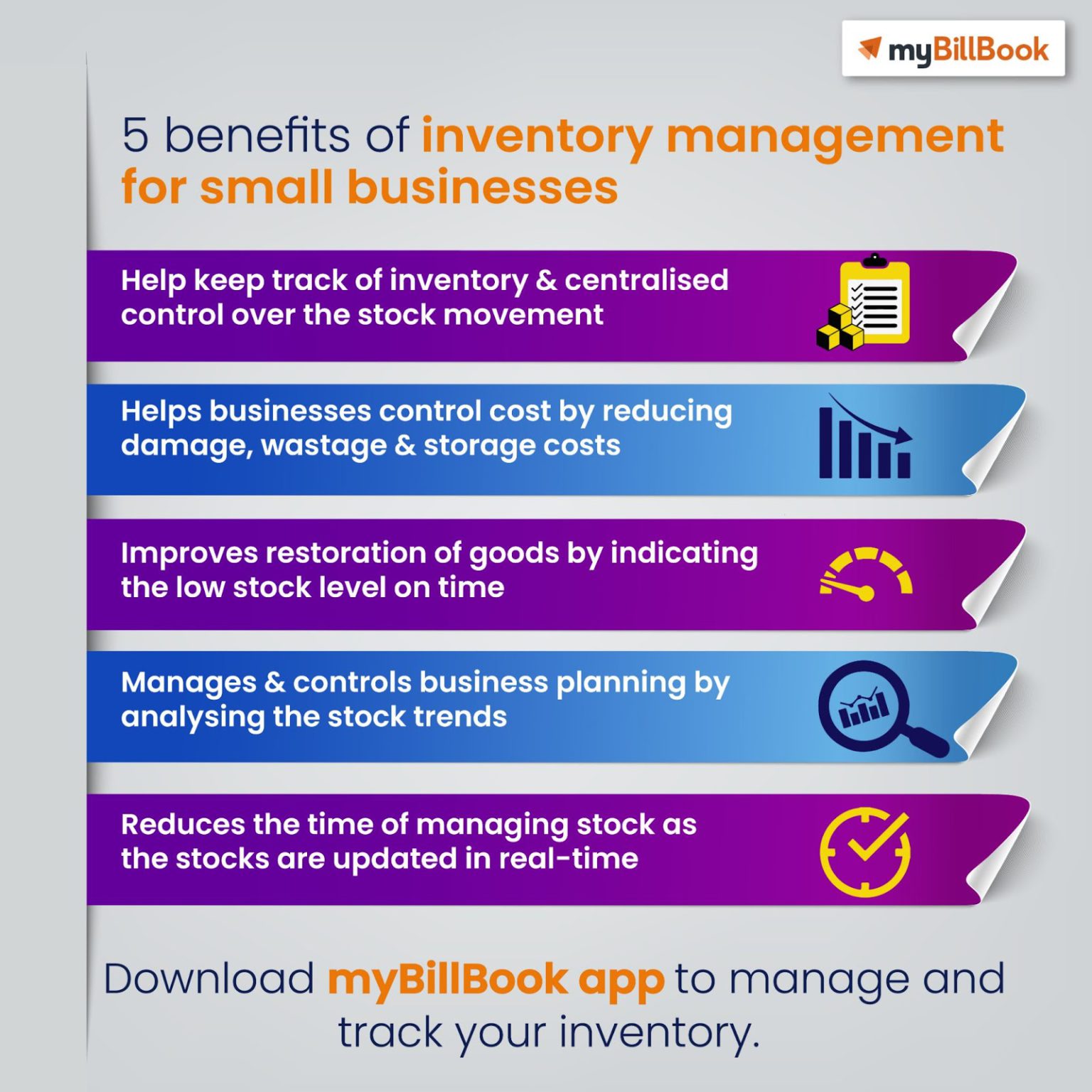Small business inventory systems are essential for businesses of all sizes, providing a comprehensive solution for managing inventory levels, tracking stock movements, and optimizing operations. This guide delves into the world of inventory systems, exploring their types, benefits, and best practices, empowering small businesses to streamline their inventory management processes and achieve greater efficiency.
Introduction
Small business inventory systems are designed to help businesses track and manage their inventory levels. They provide a centralized view of all inventory items, allowing businesses to easily see what they have in stock, where it is located, and how much of it is available.
This information is essential for businesses to make informed decisions about purchasing, production, and sales.
Inventory systems can also help businesses improve their efficiency and productivity. By automating tasks such as inventory tracking and reordering, businesses can save time and money. Additionally, inventory systems can help businesses reduce waste and improve customer service by ensuring that they always have the right products in stock.
Importance of Inventory Systems for Small Businesses
- Improved accuracy and efficiency in inventory management
- Reduced costs through better inventory control
- Improved customer service through increased product availability
- Enhanced decision-making through better visibility into inventory levels
- Reduced risk of stockouts and overstocking
Types of Inventory Systems

Inventory systems are classified into three main types based on how they track inventory levels: perpetual, periodic, and hybrid. The choice of system depends on factors such as the size and complexity of the business, the frequency of inventory transactions, and the level of accuracy required.
Perpetual Inventory Systems
Perpetual inventory systems continuously update inventory records every time a transaction occurs. This means that the system always reflects the current inventory levels in real-time. Perpetual systems use a variety of methods to track inventory, including barcode scanners, RFID tags, and software.
- Advantages:Perpetual inventory systems provide several advantages, including:
- Accurate and up-to-date inventory information
- Improved efficiency in inventory management
- Reduced risk of stockouts
- Disadvantages:Perpetual inventory systems also have some disadvantages, such as:
- Higher cost of implementation and maintenance
- More complex to operate than periodic systems
Benefits of Using an Inventory System

An inventory system is a crucial tool for businesses to manage their stock levels effectively. It provides several benefits that can improve operations and enhance customer satisfaction.
The following are some of the key benefits of using an inventory system:
Improved inventory accuracy
An inventory system helps businesses maintain accurate records of their stock levels. This eliminates the risk of overstocking or understocking, which can lead to lost sales or wasted resources.
Reduced stockouts
An inventory system can help businesses avoid stockouts by providing real-time visibility into their stock levels. This allows them to identify and address potential shortages before they occur, ensuring that customers can always find the products they need.
Increased efficiency
An inventory system can help businesses improve their efficiency by automating many of the tasks associated with inventory management. This frees up employees to focus on other value-added activities.
Enhanced customer service
An inventory system can help businesses provide better customer service by ensuring that they always have the products that their customers need in stock. This leads to increased customer satisfaction and loyalty.
Features to Look for in an Inventory System: Small Business Inventory Systems
Selecting an inventory system for your small business requires careful consideration of specific features that align with your unique needs. These features can significantly enhance your inventory management capabilities and streamline your operations.
Here are some key features to prioritize when choosing an inventory system:
Real-time Inventory Tracking
Real-time inventory tracking provides up-to-date information on your stock levels, eliminating the need for manual counting and reducing the risk of errors. This feature allows you to make informed decisions about inventory replenishment, avoid overstocking, and ensure optimal stock levels.
Multi-location Support
If your business operates across multiple locations, it’s crucial to choose an inventory system that supports multi-location management. This feature enables you to track inventory levels and manage stock transfers between different locations, ensuring accurate inventory visibility and efficient stock distribution.
Barcode Scanning Capabilities
Barcode scanning capabilities streamline inventory management by automating the data entry process. By using barcode scanners, you can quickly and accurately record inventory transactions, such as receiving, shipping, and stock adjustments. This feature reduces the risk of errors and improves the efficiency of your inventory operations.
Reporting and Analytics
Robust reporting and analytics capabilities provide valuable insights into your inventory performance. These features allow you to generate reports on inventory levels, stock movements, and other key metrics. By analyzing these reports, you can identify trends, optimize inventory levels, and make data-driven decisions to improve your inventory management practices.
Best Practices for Managing Inventory

Effective inventory management is crucial for businesses to optimize operations, minimize losses, and enhance profitability. Here are some best practices to consider:
Establish Clear Inventory Policies
Define clear guidelines and procedures for inventory management, including:
- Establishing safety stock levels to prevent stockouts
- Setting reorder points to trigger replenishment
- Determining appropriate storage and handling practices
- Implementing a system for tracking inventory movements
Use a Combination of Inventory Systems
Consider using a combination of inventory systems to meet specific business needs, such as:
- Periodic inventory system:Tracks inventory periodically, such as at the end of each month.
- Perpetual inventory system:Continuously updates inventory records with each transaction.
- Just-in-time (JIT) inventory system:Minimizes inventory levels by ordering materials only when needed.
Regularly Audit Inventory
Conduct regular physical inventory audits to verify the accuracy of inventory records. This helps identify discrepancies, prevent shrinkage, and ensure accurate financial reporting.
Use Technology to Automate Tasks
Leverage inventory management software and technology to automate tasks such as:
- Tracking inventory levels
- Generating purchase orders
- Forecasting demand
- Managing inventory costs
Common Challenges with Inventory Management

Inventory management is a critical aspect of running a small business. However, it can be challenging to keep track of inventory levels, especially as your business grows. There are several common challenges that small businesses face with inventory management.
Inaccurate inventory records can lead to a number of problems, such as stockouts and overstocking. Stockouts occur when you run out of a product that customers want to buy. This can lead to lost sales and unhappy customers. Overstocking occurs when you have more inventory on hand than you need.
This can tie up your cash flow and lead to spoilage or obsolescence.
Theft
Theft is another common challenge for small businesses. Employees, customers, or even suppliers can steal inventory. This can lead to significant losses for your business.
Emerging Trends in Inventory Management
Inventory management has undergone a significant transformation in recent years, driven by technological advancements and the need for greater efficiency and accuracy. Several emerging trends are reshaping the way businesses manage their inventory, offering numerous benefits and opportunities for improved operations.
Among the most notable trends are cloud-based inventory systems, artificial intelligence (AI), and radio frequency identification (RFID). These technologies are revolutionizing inventory management by providing real-time visibility, automating processes, and enhancing decision-making capabilities.
Cloud-based Inventory Systems
Cloud-based inventory systems are hosted on remote servers, allowing businesses to access their inventory data from anywhere with an internet connection. This eliminates the need for on-premises servers and software, reducing hardware and maintenance costs. Cloud-based systems also offer greater flexibility, scalability, and collaboration capabilities, making them ideal for businesses of all sizes.
Artificial Intelligence (AI), Small business inventory systems
AI is playing an increasingly important role in inventory management. AI-powered systems can automate tasks such as forecasting demand, optimizing inventory levels, and identifying trends. They can also analyze large amounts of data to provide insights and recommendations, helping businesses make better decisions about their inventory.
Radio Frequency Identification (RFID)
RFID technology uses radio waves to track and identify inventory items. RFID tags can be attached to products, allowing businesses to track their location and movement in real-time. This provides greater visibility and control over inventory, reducing the risk of theft and loss, and improving efficiency in inventory management processes.
End of Discussion

In conclusion, small business inventory systems are a powerful tool for businesses looking to enhance their inventory management capabilities. By understanding the different types of systems available, leveraging their benefits, and implementing best practices, businesses can gain greater control over their inventory, reduce costs, and improve customer satisfaction.
As technology continues to advance, emerging trends such as cloud-based systems and AI offer even more opportunities for businesses to optimize their inventory management strategies and drive growth.
FAQ Section
What are the key benefits of using a small business inventory system?
Small business inventory systems offer numerous benefits, including improved inventory accuracy, reduced stockouts, increased efficiency, and enhanced customer service.
What are the different types of inventory systems available?
There are three main types of inventory systems: perpetual inventory systems, periodic inventory systems, and hybrid inventory systems. Each type has its own advantages and disadvantages, depending on the specific needs of the business.
What are some best practices for managing inventory?
Best practices for managing inventory include establishing clear inventory policies, using a combination of inventory systems, regularly auditing inventory, and using technology to automate tasks.
 wohnroom.biz.id BUSINESS INVENTORY
wohnroom.biz.id BUSINESS INVENTORY